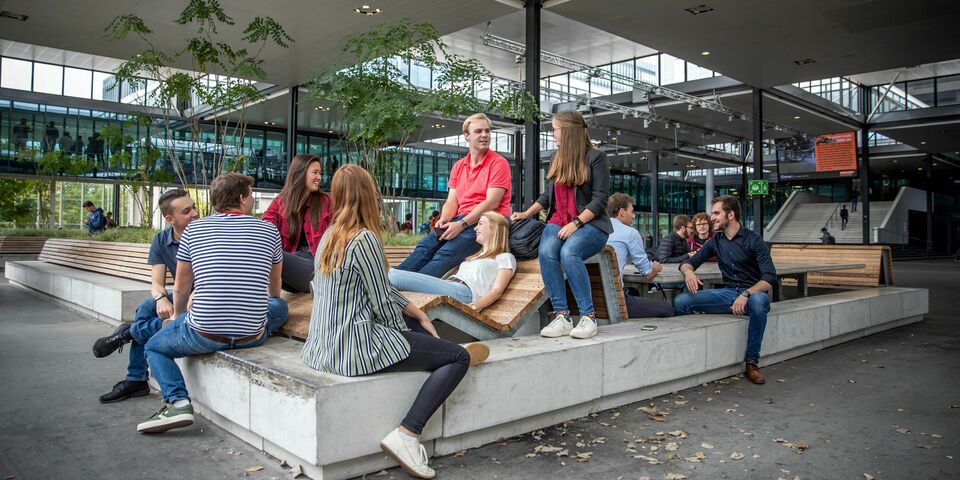By no means every student finds the right study programme straight away. Only four out of five students who begin a university Bachelor’s programme are still enrolled after the first year. But where do the other students go?
A year ago, the universities had a clear overview of the situation: 13 percent opted for a different programme, 4 percent transferred to a university of applied sciences and only 3 percent were no longer enrolled in higher education in the Netherlands.
The figures for universities of applied sciences followed a similar pattern. After a year, 11 percent of their students had dropped out and 15 percent had switched to a different programme. The institutions could also see, for instance, that male students dropped out more often than their female counterparts.
New register
But not anymore. Universities of the Netherlands (UNL) and the Netherlands Association of Universities of Applied Sciences have yet to receive the relevant figures from the Ministry of Education. “UNL regrets the situation, which is not in the sector’s best interest,” the universities association’s website reads. “UNL is in discussion with the Ministry of Education about the situation that has arisen.”
The ministry confirms this. It has to do with the advent of a new education register and an amendment to the law intended, among other things, to better safeguard privacy. According to a ministry spokesperson, the umbrella associations are now required to submit “a substantiated request” if they wish to receive data on students enrolled in higher education.
The umbrella associations made such a request but were only given part of the requested information. Discussions on providing data “within the framework of privacy rules” are still ongoing, the ministry says.
Rejected
Previously, the umbrella associations received a large data file each year, which enabled them to track student progress over the years. “This formed the basis for the figures that we published,” says a UNL spokesperson.
He views this information as highly relevant. Take the drop-out rates, for example: “What does someone do under those circumstances: do they transfer to a university of applied sciences, stop altogether, go to another university? These things make a great deal of difference.”
Yet the first request for such information was rejected. The institutions have filed an objection, but this procedure is still ongoing. According to the Netherlands Association of Universities of Applied Sciences, there have been “constructive consultations” with the ministry.
Difficult start
It would appear that a difficult start was anticipated when the bill was first introduced. Ingrid van Engelshoven, the Minister of Education at the time, explained that the new law would lead to “data minimisation”, or the provision of less data, by requiring the relevant umbrella organisations to “substantiate why they need specific data for a specific purpose” for each request.
She estimated, somewhat optimistically, that the umbrella associations would initially spend about 16 hours on such an application, and that it would take less time in subsequent years. Objection procedures and additional discussions were presumably not included in this estimate.


Discussion